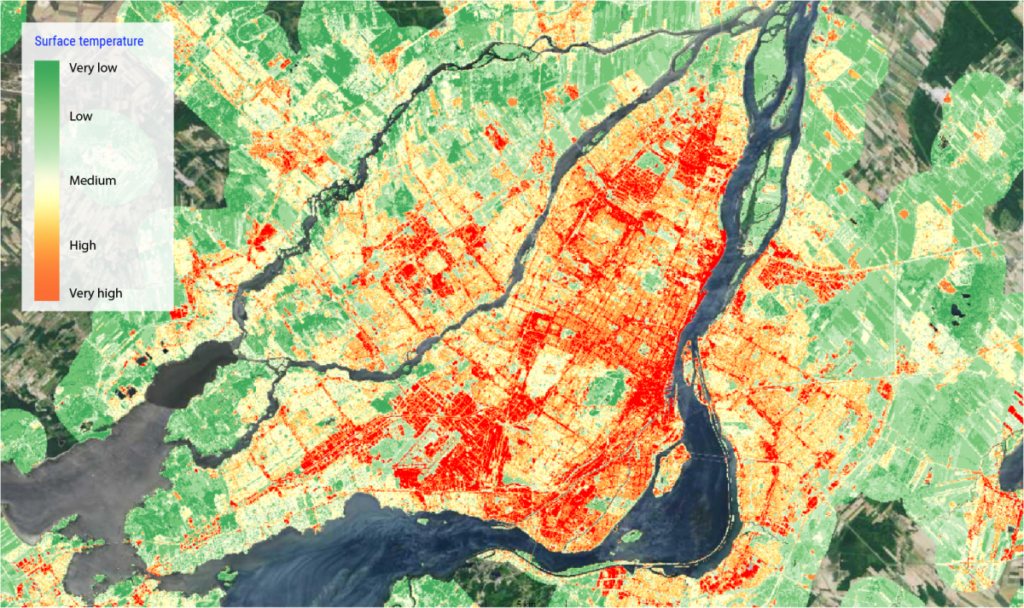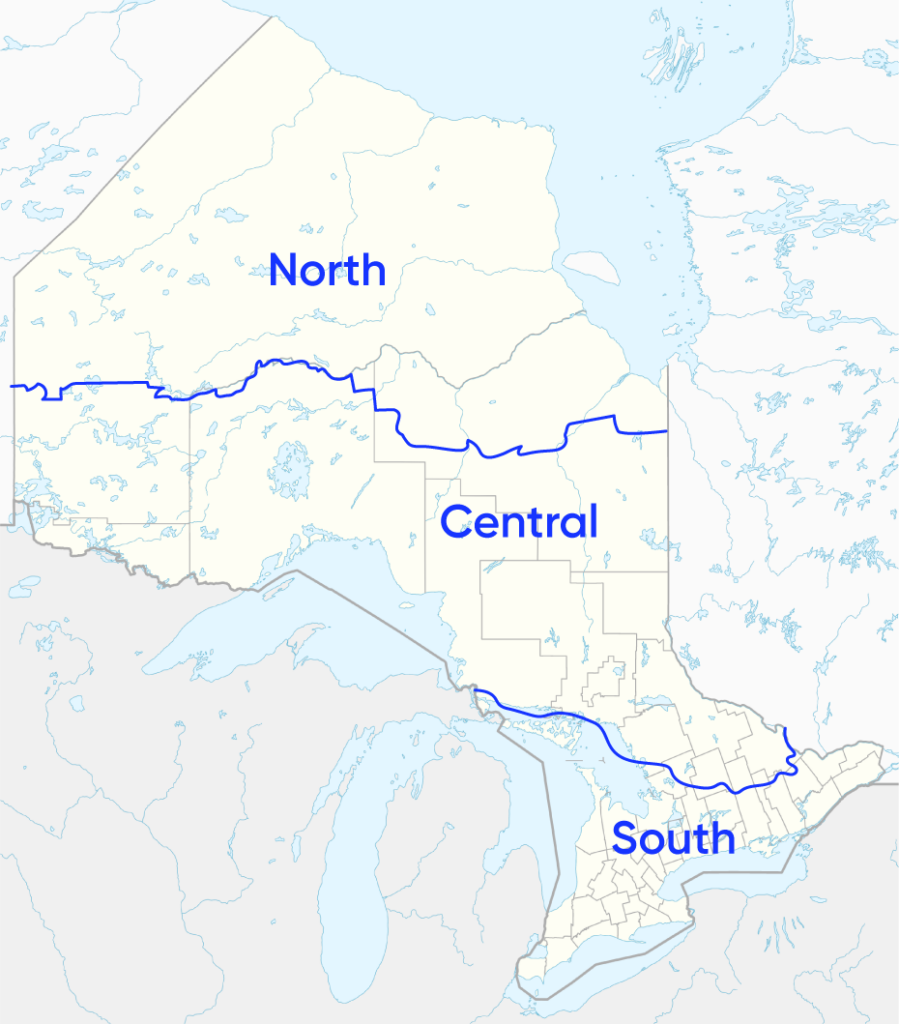The Quebec Chapter of the Canada in a Changing Climate: Regional Perspectives Report, led by Ouranos, was released in August. Similar to others from this report, the Quebec chapter explores specific climate change impacts being experienced across the province. This chapter identifies some of the most pressing impacts Quebec’s population, natural environment, and built infrastructure are facing, as well as some of the key adaptation actions that can be implemented to address these impacts.
Quebec is expecting, and is already experiencing, a number of climate change impacts. Some of the key impacts identified through the report include:
- Health risks associated with climate change, including heat waves and extreme weather
- Urban environment hazards, such as heat islands and stormwater management
- Coastal erosion and flooding in coastal areas, which exacerbates the impact of storms
- Gains and loses in agriculture and fishery productivity, due to migration of pests and species due to a changing climate
To read the full Quebec Chapter, visit changingclimate.ca.










